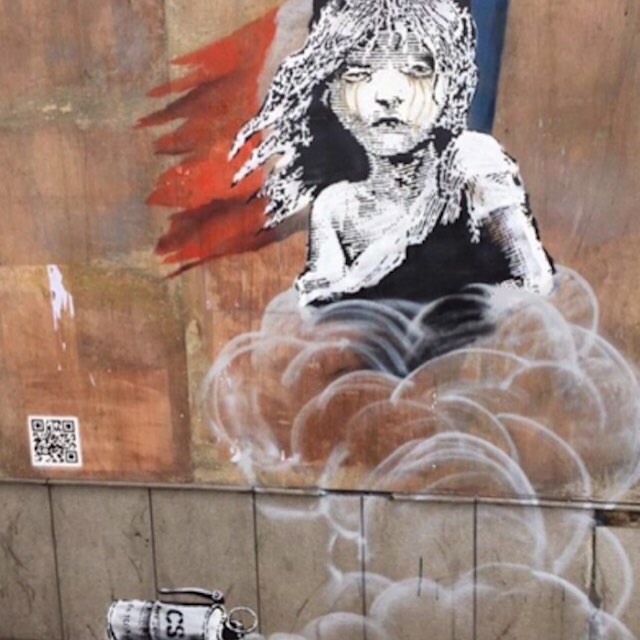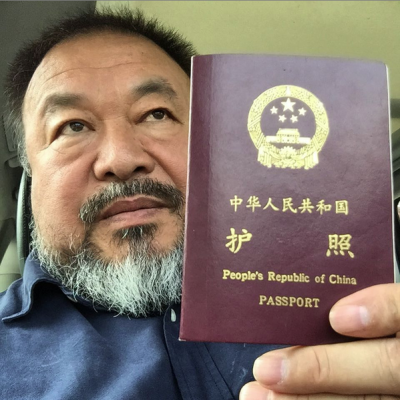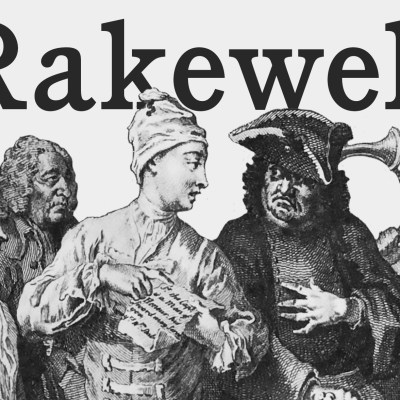Banksy’s latest mural on the French embassy in London criticises the French Government’s heavy-handed approach to migrants in the Calais ‘Jungle’ – but do such interventions make a political impact and if so, how?
Street art and graffiti have long been associated with political unrest. From its modern inception the very act of producing a piece of street art could be seen as a form of protest: as a challenge to the dreariness of the urban landscape; a reaction to the creeping privatisation of public spaces; or simply as a big two fingers to a society fraught with inequality, discrimination and prejudice.
But things have changed in recent decades. Street art has, to a degree, been assimilated into the art market and sanitised. Pieces are frequently commissioned or completed with permission, and for some people street art has, at best, lost its edge, or at worst, become a tool of gentrification.
So when one of the biggest and most commercially successful names in street art, Banksy, makes an artistic intervention with a clear political message like his latest piece on the French embassy, can it really be considered an effective act of protest?
On the one hand it certainly hit the headlines, helping to spotlight the plight of refugees in Calais, with its accompanying QR code directing passers-by to a video showing French authorities using tear gas and rubber bullets. In this sense, the piece acts as a gateway for viewers to build upon their knowledge of the political issue. Surely one of the first steps of political action is taking an interest and finding out more about the situation?
But while Banksy’s work often includes overtly political statements, this aspect is increasingly overshadowed by its commercial value. This latest piece was damaged when attempts were made to remove it from the wall onto which it was painted. When this failed, the developers who owned the building simply boarded the work up in order to ‘protect’ it – thereby rendering it invisible to the public it was supposed to reach.
This has always been a challenge for street art, and also part of its appeal: as a medium, it is transient and temporary, and can be removed or dubbed over at any moment. This fleeting nature, accompanied by the fact that street art competes for attention in the urban landscape, means it has to be bold, eye-catching and have a sense of immediacy. Street art is designed to be accessible: it sits in public spaces, and people engage directly as they walk past, without stopping as they might in a gallery. The irony with Banksy’s work, at least, is that the gallery is often exactly where it ends up.
Does this commercial interest in street art ultimately matter? Perhaps not. After all, it remains the go-to medium for people in times of crisis or conflict. From the graffiti of the Arab spring, to the street art protesting the 2014 World Cup, to a project last year in Mexico City encompassing myriad political issues, street art offers a voice to the otherwise voiceless.
Banksy’s latest mural may have disappeared as quickly as it was thrown up, but if it stopped and made people think, if it inspired others to make their own interventions and if it got people talking, then surely that’s the biggest political intervention art of any medium can make – shifting attitudes and perceptions in a climate so dominated by vested interests.



